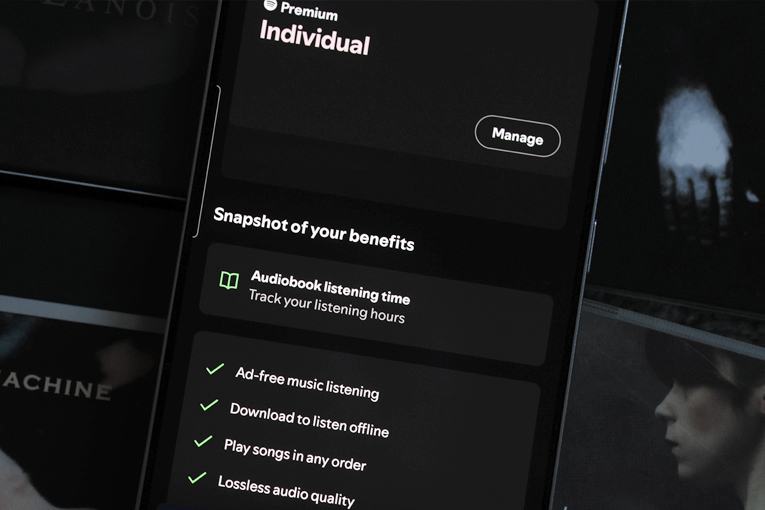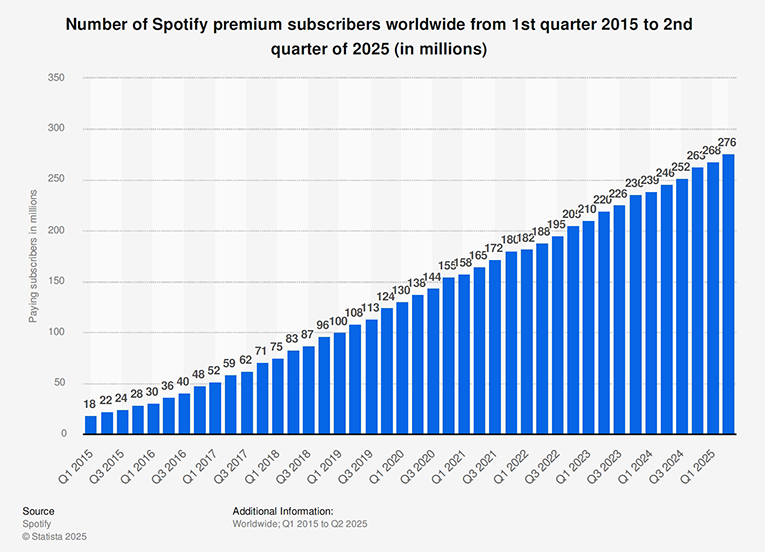In an announcement that would have been shocking if it hadn’t been rumored for years, Spotify finally has lossless audio. As long as you pay for the Premium tier, you can select Lossless Audio Quality even on mobile in most regions. It’s the last of the big-name music-streaming services to offer lossless.

What it’s not is higher resolution, at least not to the extent you can get from other services. Spotify Lossless is 24-bit, which is good, and “just” 44.1 kHz. That’s eight more bits than CD, sure, but for example, Qobuz offers 24-bit/192kHz. Now, will you be able to hear that difference? Probably not, to be honest, especially if you’re listening over Bluetooth headphones or in the car.
It seems Spotify isn’t shying away from the marginal increase in fidelity. In a FAQ on its website: “I’m listening in lossless, but I don’t hear a difference? Lossless audio music are files with quality up to 24-bit/44.1 kHz, but many factors could influence what you hear. Lossless offers high technical fidelity, but it doesn’t always translate to a dramatically different listening experience for everyone.” Why do I read this in a tone that makes it seem like they’re saying, “nerds made us do this, but we think it’s dumb.”

My concern, one pointed out by Dennis Burger on the Audio Unleashed podcast, is that 24/44.1 is a bit of an odd bit-depth and sampling-rate combo. You’re far more likely to see 24/48, 24/96, and sometimes 24/192 or more. This makes Dennis (and me too) a bit wary, since that could mean Spotify is converting higher-resolution masters down to 24/44.1. Would they do that in a way that preserves fidelity at the expense of time and processing power? When has Spotify done something pro-user?
I have to wonder why Spotify did this at all. Don’t get me wrong—I’m perched on that razor’s edge where I’m for less compression but also the first to point out that compression is pretty decent these days. Why now, though? Other services have had lossless for years. Are they really pulling that much away from Spotify?
Turns out, not really. Or at least not what we can see from the outside. According to Statista, they keep growing every year. Premium subscribers are up 12 percent for the last quarter, year-on-year. Now, maybe the rate of growth is slowing, the ultimate fear of publicly traded companies everywhere.

Turns out, that seems true, as you can see in this chart I made based on all the quarterly reports they have available.

So the rate is indeed slowing. I’m sure any of us would be perfectly happy making over 12 percent more money every year, but that’s not how Wall Street works. If you made 12 percent more this year but 14 percent more last year, your company is “failing.” Of course, adding paying subscribers is only one part of Spotify’s revenue. There’s also advertising and reducing costs by using AI-generated music.
It’s hard to say how much Spotify spent on adding lossless, but it’s clear it was low enough and the potential benefits high enough for them to justify it. Maybe it really was just a situation of “everyone else is doing it, so why can’t we?” Or if not “why can’t,” then perhaps “why shouldn’t.”

If that’s the case, I guess we can expect Atmos Music mixes circa 2030. See you then?
. . . Geoffrey Morrison





